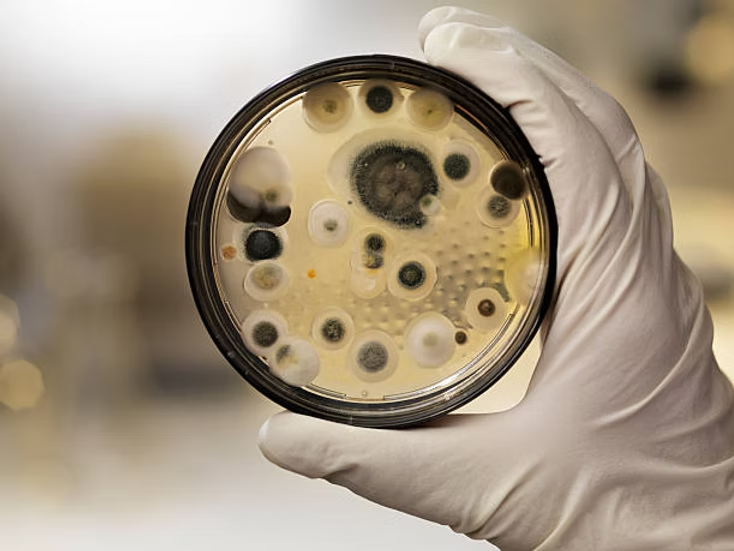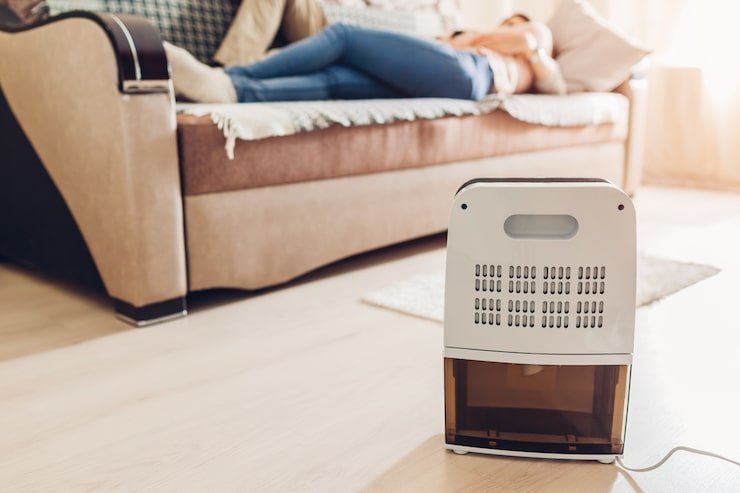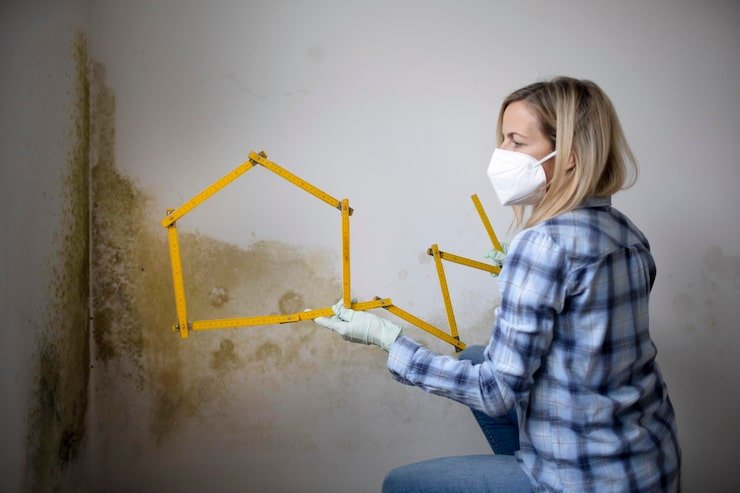Mold vs. Mildew: What Homeowners Need to Know
- admin323029
- Blog

As a homeowner, spotting unwanted growth on walls, ceilings, or floors can raise an immediate question: Is this mold or mildew? Both can affect your home’s health and structure, but knowing the difference is crucial for effective treatment and prevention. Especially for residents near Lynn Fells Parkway and Melrose, where humidity can encourage these fungi, understanding when to call in professional mold inspections is key to protecting your property and family.
In this post, we’ll explore what sets mold and mildew apart, why it matters, and practical advice for dealing with each. Whether you want to tackle the problem yourself or seek expert help, this guide will keep you informed.
What Are Mold and Mildew?
Mold and mildew are types of fungi that thrive in damp environments. While they share some similarities, they differ in appearance, growth patterns, and potential health effects.
-
Mildew typically appears as a flat, powdery or fluffy growth on surfaces like bathroom tiles, fabrics, or paper. It usually starts white or gray and turns yellow or brown.
-
Mold, on the other hand, grows deeper into materials. It has a fuzzy or slimy texture and comes in various colors, including black, green, or blue.
Both release spores that can impact indoor air quality. This is why timely identification and intervention are critical. If you notice persistent spots in your Melrose home or near Lynn Fells Parkway, consider scheduling professional mold inspections to assess the situation properly.
Why Mold Inspections Are Important
Many homeowners underestimate mold’s potential damage. Mold penetrates porous materials like drywall and wood, weakening structural integrity and posing serious health risks. Symptoms such as allergies, respiratory issues, or headaches may indicate mold exposure.
Professional mold inspections help detect hidden mold colonies that are not visible to the naked eye. Inspectors use specialized equipment, including moisture meters and infrared cameras, to find moisture sources that encourage mold growth.
If you live near Lynn Fells Parkway or Melrose, where seasonal humidity fluctuates, these inspections become even more important. Early detection through a professional inspection can save costly repairs and improve indoor air quality.
Key Differences Between Mold and Mildew
| Feature | Mold | Mildew |
|---|---|---|
| Appearance | Fuzzy, slimy, various colors | Powdery, flat, white/gray |
| Growth Pattern | Penetrates deep into materials | Grows on surface |
| Smell | Musty, strong odor | Mild or no odor |
| Health Impact | Can cause severe allergic reactions | Usually mild irritation |
| Treatment | Requires thorough removal and repairs | Often removable with cleaning |
Understanding these differences guides homeowners in choosing the right approach. Mildew may be cleaned with household cleaners, but mold often requires professional remediation after a detailed mold inspection.
DIY Cleaning vs. Professional Mold Inspections
For mildew, DIY cleaning with vinegar, baking soda, or commercial mildew cleaners can be effective. Regular ventilation and reducing moisture help prevent its return.
However, for suspected mold, especially black mold, DIY solutions may not be enough. Mold spores can spread during cleaning, and partial removal might worsen the problem. A certified professional’s mold inspection ensures a complete assessment and safe removal plan.
Signs You Need Professional Mold Inspections
-
Persistent musty odors even after cleaning
-
Visible mold growth on walls, ceilings, or floors
-
Health symptoms like coughing, sneezing, or skin irritation
-
Past water damage or flooding incidents
-
High humidity or condensation problems
If your home in Melrose or near Lynn Fells Parkway shows these signs, don’t wait. Professional mold inspections can identify the extent of contamination and help prevent future outbreaks.
How to Prevent Mold and Mildew in Your Home
-
Control Moisture: Use dehumidifiers and fix leaks promptly to reduce dampness.
-
Ventilate: Ensure bathrooms, kitchens, and basements are well-ventilated.
-
Regular Cleaning: Clean areas prone to moisture buildup regularly with mildew-resistant products.
-
Monitor Humidity: Keep indoor humidity between 30-50%.
-
Professional Help: Schedule regular mold inspections, especially in humid climates like Melrose.
Conclusion: Protect Your Home with the Right Knowledge
Distinguishing between mold and mildew is the first step toward a healthier home. While mildew is generally less harmful and easier to remove, mold requires expert attention through professional mold inspections. If you live near Lynn Fells Parkway or Melrose, where dampness is common, proactive inspections can prevent costly damage and health issues.
Don’t take chances with your family’s well-being. Schedule a comprehensive mold inspection today to identify hidden threats and keep your home safe. Visit our website to learn more or book your inspection with our trusted experts.
FAQs About Mold Inspections
1. How do mold inspections help differentiate between mold and mildew?
Professional mold inspections use advanced tools and expert analysis to identify the exact type and extent of fungal growth, ensuring accurate treatment.
2. Can DIY methods detect mold as effectively as professional inspections?
DIY methods might detect surface mildew but often miss hidden mold, which only professional mold inspections can uncover.
3. How often should homeowners near Lynn Fells Parkway get mold inspections?
Due to local humidity, annual mold inspections are recommended to catch mold early before it spreads.
4. Are mold inspections necessary if I only see mildew?
If you only see mildew and no other signs of mold, regular cleaning may suffice, but persistent moisture problems warrant professional mold inspections.
5. What health risks do mold and mildew pose?
Mold can cause serious allergic reactions and respiratory problems, while mildew generally causes mild irritation. Professional mold inspections help prevent health hazards by early detection.
Are you worried about the cleanliness of your space?
Let us help you! Cleaning services are our specialty, and we offer a complete range of cleaning and maintenance services. Get a free estimate!




